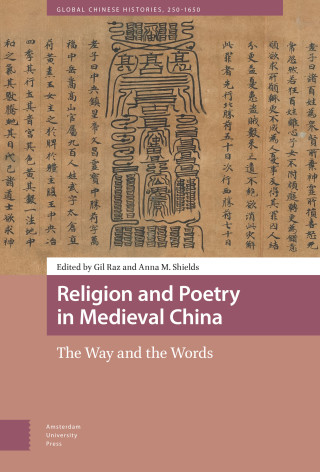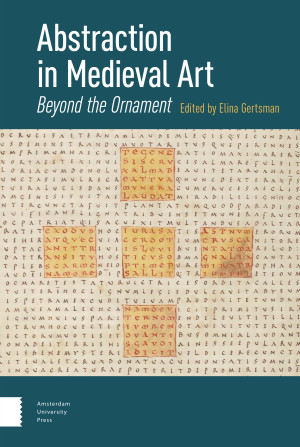"An excellent collection of thoughtfully selected, intelligently argued, and well-researched essays on an important topic."
- Richard K. Emmerson, Florida State University
"Absolutely original; startlingly and refreshingly innovative, both theoretically and empirically... the opening salvo in a completely new conversation that has never, as yet, been had in the academic world, and whose time, most definitely, has arrived."
- Marc Michael Epstein, Vassar College
"[...] the reader of this volume comes away buzzing with the pleasant frisson of inspiration, thinking eagerly of how future scholarship will expand on the project initiated here."
- Frances Lilliston, Comitatus, Vol. 53, 2022
“Gertsman’s collection of essays offers a rich set of studies that challenge ideas of abstraction and ornament, and art-historical conceptions of medieval art. [The] essays here offer a convincing sense of the possibility of these visual elements to represent, and indeed enable, interaction with the mysteries that preoccupied medieval conceptions of humanity, divinity and the world – both the literal within which one lived, and the broader universe which one could not see.”
- Millie Horton-Insch, Art History, Vol. 45, Iss. 4

